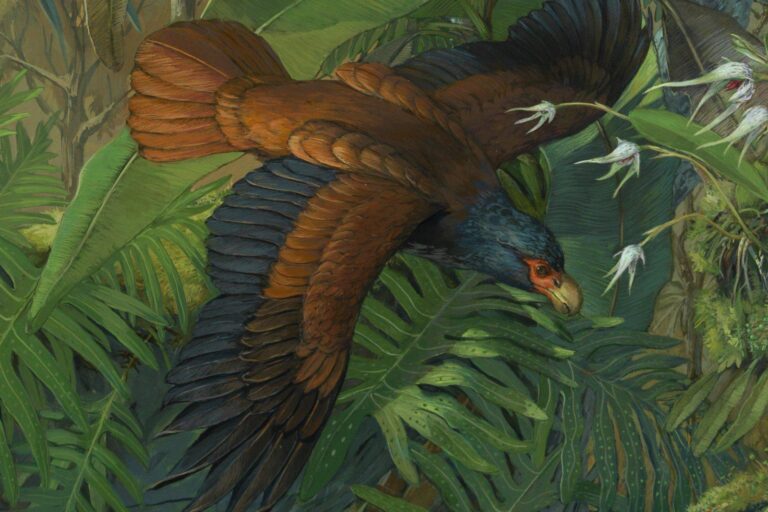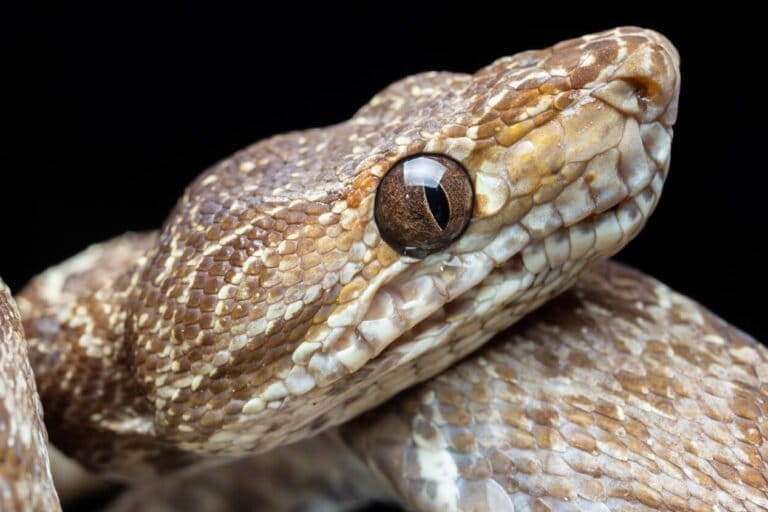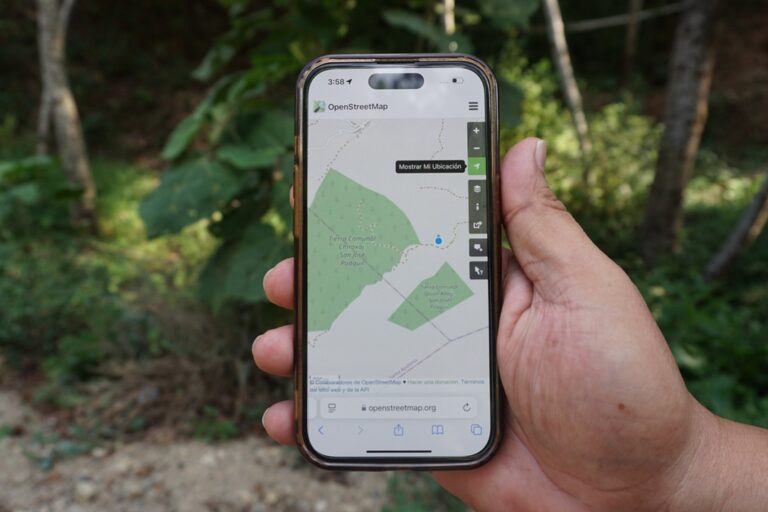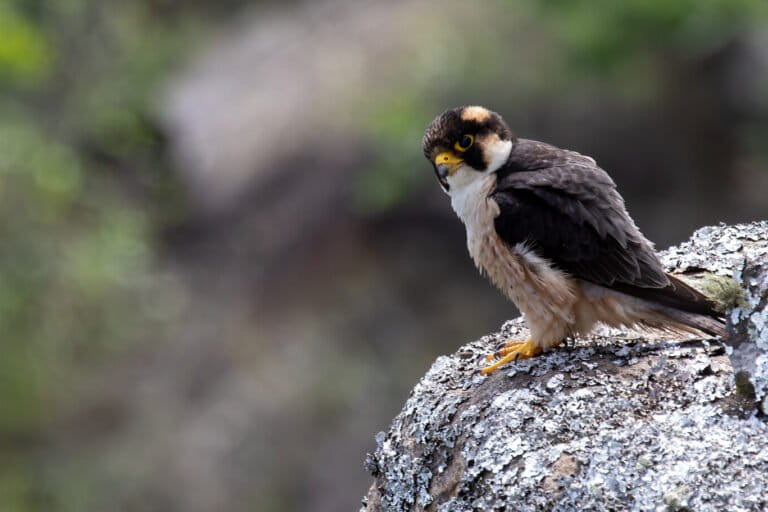- A recent photograph of a big cat by park rangers in Java sparked suggestions that it could be the Javan tiger, which was officially declared extinct in 2003.
- Scientists, however, have concluded that the animal in the picture is a Javan leopard.
- The sighting of the critically endangered leopard subspecies has renewed calls to protect it from also going extinct.
A recent photo that sparked speculation that an Indonesian tiger species had come back from extinction most likely shows instead a rare, but certainly not extinct, Javan leopard (Panthera pardus melas), scientists say.
The photo, taken by rangers at Ujung Kulon National Park at the western tip of the island of Java, showed a big cat that many initially thought bore a resemblance to the Javan tiger (Panthera tigris sondaica), a subspecies believed to have gone extinct in the 1980s but only officially declared so 14 years ago.
The significance of the purported discovery prompted scientists to investigate the photos and videos taken by the park rangers. Their conclusion: the animal pictured was a leopard, not a tiger.
“We used three methods to analyze [the image], namely measurement, skin pattern and feeding behavior,” Gono Semiadi, a mammal expert with the Indonesian Institute of Sciences (LIPI), told Mongabay on Sept. 28.

The big cat seen in the photo, captured after feeding, has body proportions consistent more with a Javan leopard than a Javan tiger, Semiadi said.
In addition, the pattern on its body, though grainy in the photograph, appears to show dots rather than stripes, he added.
A similar analysis of a video recording of the sighting showed the animal’s feeding habit skewed closer to that of the critically endangered Javan leopard, which typically curls its long tail upward when eating.
Anton Ario, a researcher and program manager at Conservation International (CI) Indonesia, attributed the widespread misidentification of the cat to the poor quality of the recordings taken at the time.
The photo that generated a considerable buzz online was itself a screenshot from the 36-second video taken on either a mobile phone or digital camera from a long distance, Anton said.

“From the characteristics [of the animal] in the video, its tail doesn’t become pointed,” Anton said. “A third of the tail’s upper side is black, while the underside is white. These markings, from whichever angle the video was taken, make it clear that they belong to a Javan leopard.”
The cat’s spots are also more apparent on its legs, he added.
Even if, as suspected, it was a leopard that was sighted, the incident should serve to highlight the importance of protecting the animal, said Wulan Pusparini, a researcher at the Wildlife Conservation Society (WCS). “We must improve research and protection of the Javan leopard,” she said.
Listed by the IUCN as a step away from being extinct in the wild, the Javan leopard population is estimated at fewer than 250 mature individuals.

Habitat loss and poaching are among the top threats to the subspecies, which is scattered in a handful of national parks across Java, the world’s most densely populated island, including Ujung Kulon in the west and Alas Purwo in the east.
There have been frequent similar reports of sightings of the Javan tiger the past few decades, but research expeditions mounted since the 1990s have failed to confirm any of them.
In 2003, the Javan tiger and the Bali tiger (Panthera tigris balica) — two of the three subspecies of Indonesian tigers — were declared extinct by the IUCN. The third subspecies, the Sumatran tiger (Panthera tigris sumatrae), is listed as critically endangered due to hunting and rapid deforestation in its home island.
This story was reported by Mongabay’s Indonesia team and was first published on our Indonesian site on Oct. 3, 2017.
Banner image: An unidentified big cat was photographed in August by a ranger from Ujung Kulon National Park, leading to speculation it was a Javan tiger, which was declared extinct. Photo courtesy of Ujung Kulon National Park.
FEEDBACK: Use this form to send a message to the author of this post. If you want to post a public comment, you can do that at the bottom of the page.














